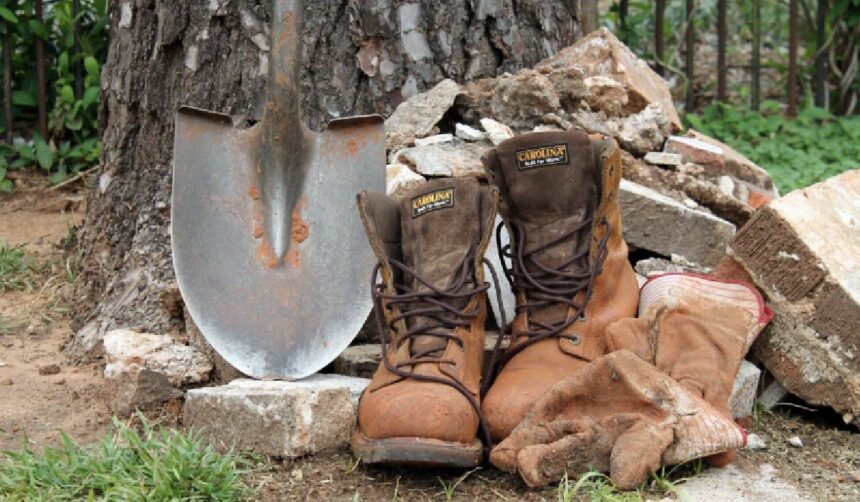Your feet work hard every day, especially if your job keeps you standing or moving for hours. Wearing the right work boots can make a big difference. Good boots protect your feet, keep you comfortable, and reduce the risk of injury.
With so many options available, it can be difficult to know what to look for. This guide will help you choose work boots that provide both safety and support.
Focus On Safety Features
The first step in choosing work boots is to think about safety. Some jobs require boots with steel toes to protect against falling objects. Others may need slip-resistant soles to prevent falls on wet or oily surfaces.
Electricians often look for boots that reduce the risk of electric shock. Each workplace is different, so consider the hazards around you. The right safety features can prevent serious injuries and keep you working with confidence.
Pay Attention to Comfort
Safety is important, but comfort is just as critical. If your boots are too tight or too loose, you may end up with blisters or sore feet. Look for boots with cushioned insoles that support your arches.
Breathable materials help reduce sweating and keep your feet dry. Lightweight boots can also make a difference if you spend long hours on your feet. The best choice is a pair that feels good from the first day and does not require weeks to break in.
Check Durability and Quality
Work boots take a lot of wear and tear. Choosing a pair that will last is worth the investment. High-quality leather and strong stitching make boots more durable. Some boots are waterproof, which is useful if you often work outside.
Rubber soles are also helpful since they resist damage and grip well on rough surfaces. While cheaper boots might save money at first, they often wear out faster. A strong and well-made pair that handle the long days and save you money in the long run.
Make Sure They Fit Well
Even the best boots will not help if they do not fit your feet. Always try boots on before buying them, if possible. Wear the same type of socks you plan to use at work to get the right fit.
There should be enough room to wiggle your toes, but the heel should not slip when you walk. Remember that feet can swell during the day, so check how the boots feel after you have been on your feet for a while. A proper fit keeps your feet supported and reduces strain on your knees and back.
Consider Extra Support
Some workers need more support than standard boots provide. If you have flat feet or other foot conditions, you might benefit from custom insoles. Many work boots allow you to replace the original insoles with ones that offer more arch or heel support.
Boots with padded collars and ankle support can also reduce fatigue. Taking time to find the right balance of support will keep your body feeling better throughout the workday.
All About Work Boots
The right work boots do more than protect your feet. They also keep you comfortable, supported, and ready to face long shifts. By focusing on safety features, comfort, durability, fit, and extra support, you can find a pair that matches your needs.
Investing in quality boots is an investment in your health and productivity. With the right pair, your feet will stay safe and strong no matter what the job requires.








